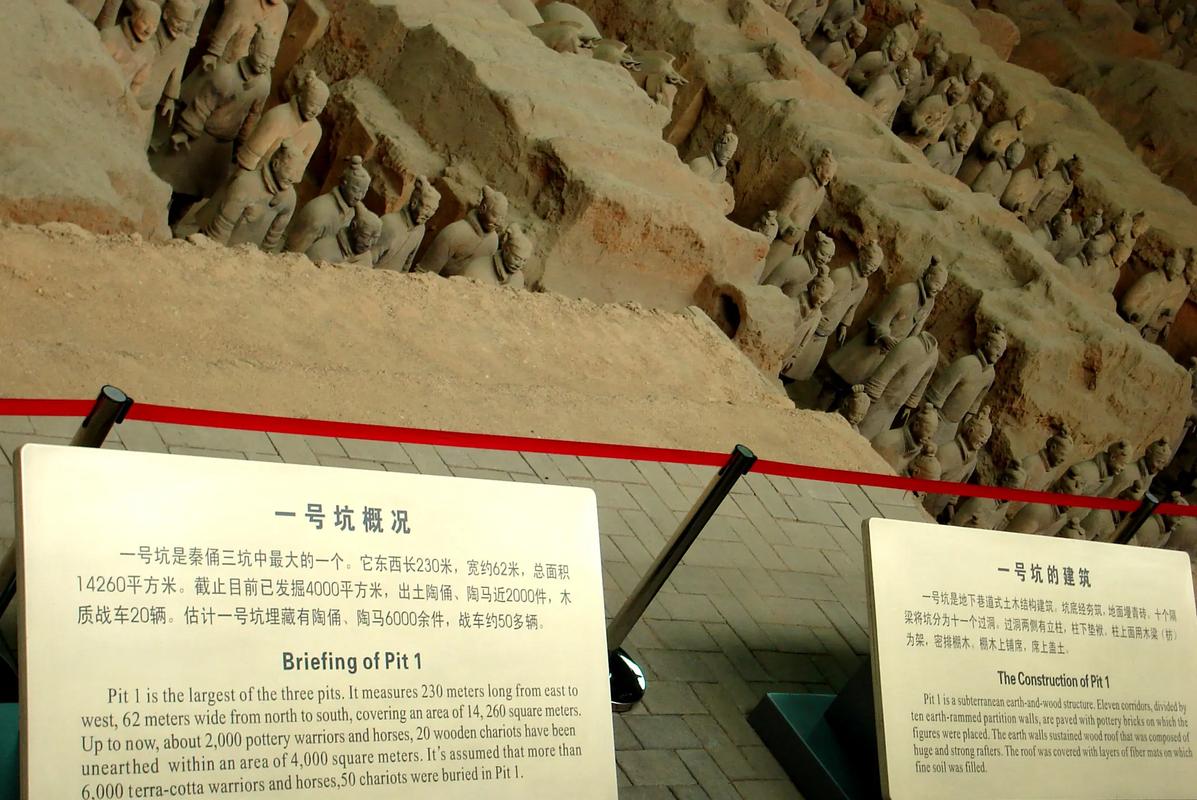
How Much More Lies Buried: The Enigmatic Scale of the Terracotta Army
The Terracotta Army, a vast collection of life-sized terracotta sculptures depicting the armies of Qin Shi Huang, the first Emperor of China, is one of the most significant archaeological discoveries of all time. Unearthed in 1974 by farmers digging a well in Lintong District, Xi'an, Shaanxi, China, this UNESCO World Heritage Site continues to captivate and mystify historians and archaeologists alike. While thousands of warriors, horses, chariots, and weapons have been carefully excavated and displayed, the sheer scale of the site and the secrets it still holds leave us wondering: how much more lies buried?
The Scale of the Discovery is Immense
Since its accidental discovery, the Terracotta Army has revealed an extraordinary glimpse into the military might and ambition of the Qin dynasty. Over 2,000 warriors and horses have been painstakingly excavated from three different burial pits. But this is just the tip of the iceberg. Experts estimate that a staggering 6,000 figures remain buried, patiently waiting to be unearthed and share their stories.
- Pit 1: This pit, the largest of the three, houses the main army, arranged in battle formation with infantry, chariots, and cavalry.
- Pit 2: Smaller than Pit 1, this pit contains a mixed force of chariots, cavalry, and infantry, showcasing the strategic complexity of the Qin army.
- Pit 3: Believed to represent a command post, this pit is the smallest and contains high-ranking officers and a chariot.
Unveiling the Mysteries: Why So Many Remain Buried
The decision to leave a significant portion of the Terracotta Army unexcavated is a deliberate one, driven by both practicality and preservation.
- Preservation Concerns: The polychrome paint that once adorned the warriors is extremely fragile. Exposure to air and light causes it to flake off rapidly. Archaeologists are working on advanced preservation techniques before excavating more figures, hoping to preserve their vibrant colors for future generations.
- Vastness of the Site: The sheer size of the necropolis surrounding Qin Shi Huang's tomb is mind-boggling. Exploring and excavating the entire complex, which covers an area of over 50 square kilometers, is a monumental task that will take decades, if not centuries, to complete.
The Future of Discovery: What Else Lies Hidden?
The ongoing exploration of the Terracotta Army site promises to yield even more astounding discoveries.
- Qin Shi Huang's Tomb: The Emperor's tomb itself, located at the center of the necropolis, remains unexcavated. Historical records describe it as an opulent mausoleum filled with treasures and wonders, including a ceiling adorned with celestial maps and flowing rivers of mercury.
- Unseen Sections of the Army: Beyond the three excavated pits, archaeologists believe other pits and chambers might exist, potentially containing different types of figures, such as civilians, officials, or even entertainers, providing a more comprehensive picture of life during the Qin Dynasty.
Q&A
**Q: Why was the Terracotta Army created?**
A: The Terracotta Army was created to guard the tomb of Qin Shi Huang, the first emperor of China, in the afterlife. It reflects his belief in the need for an army to protect him and maintain his power even in death.
**Q: How were the Terracotta Warriors made?**
A: Each warrior was meticulously crafted from terracotta clay using a complex process involving molds and individual sculpting. They were then fired in kilns and painted with vibrant colors.
**Q: When will Qin Shi Huang's tomb be excavated?**
A: There are currently no plans to excavate Qin Shi Huang's tomb. The focus remains on preserving the existing discoveries and developing methods to safely excavate and preserve any future findings.